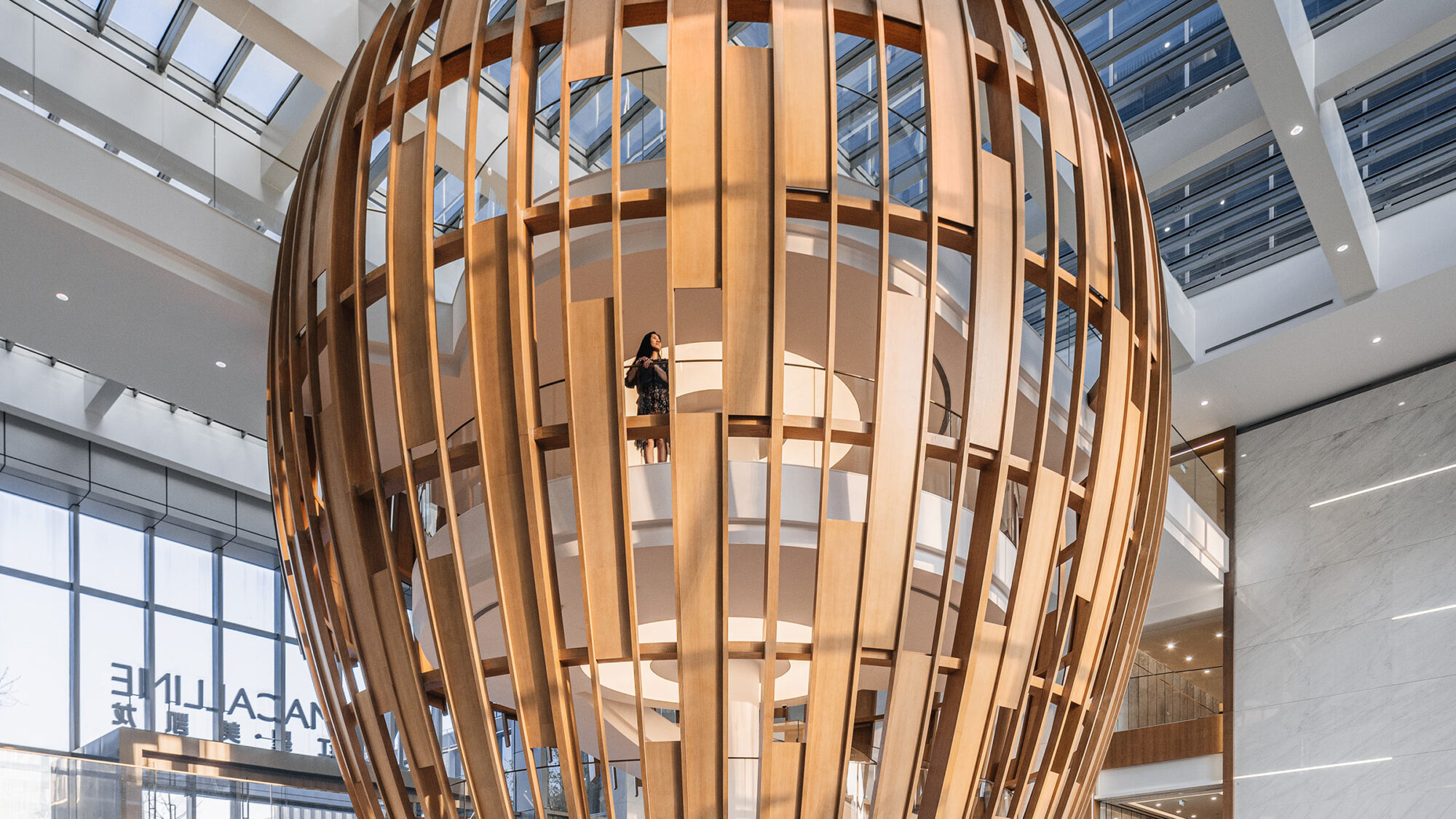

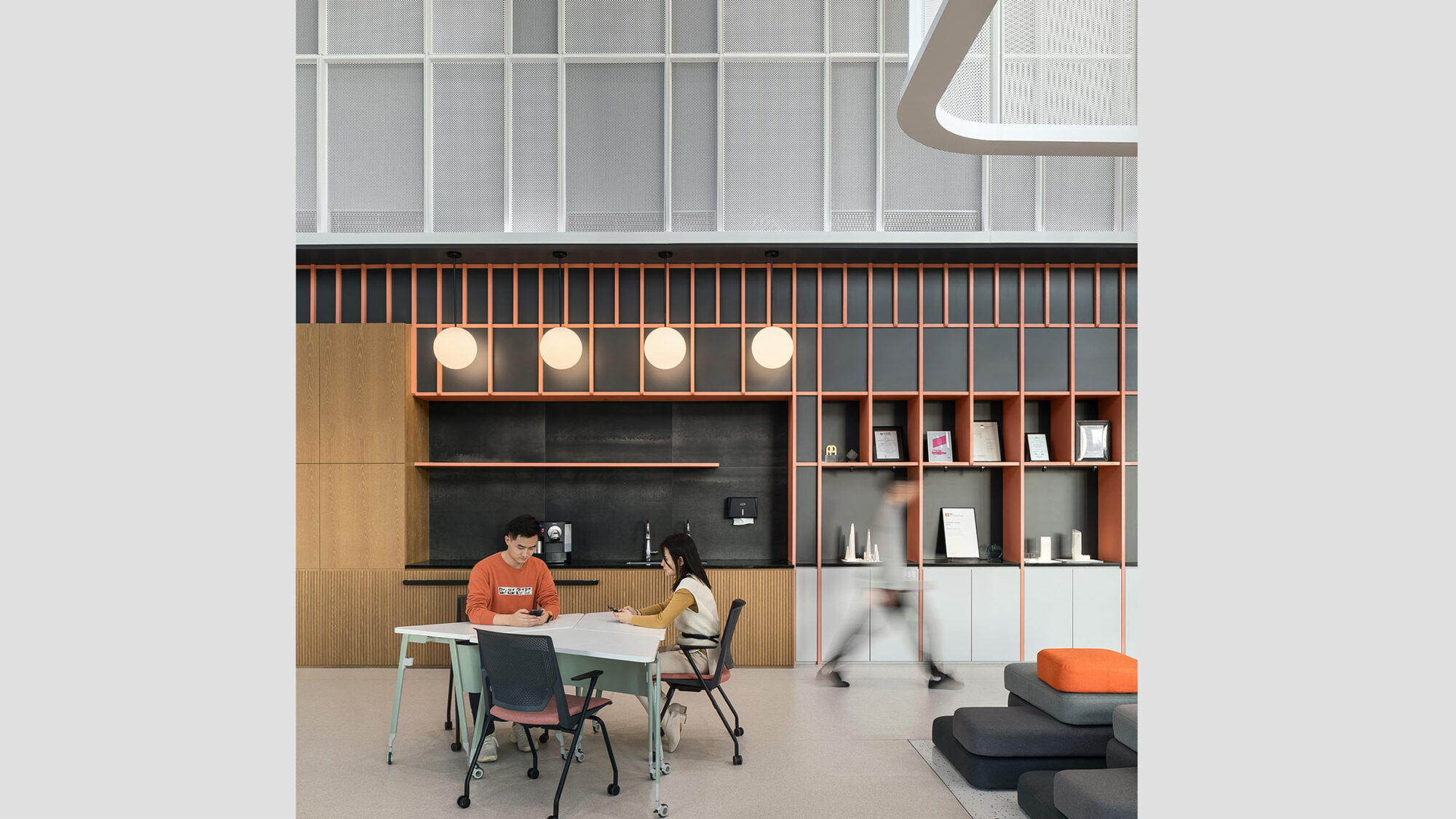
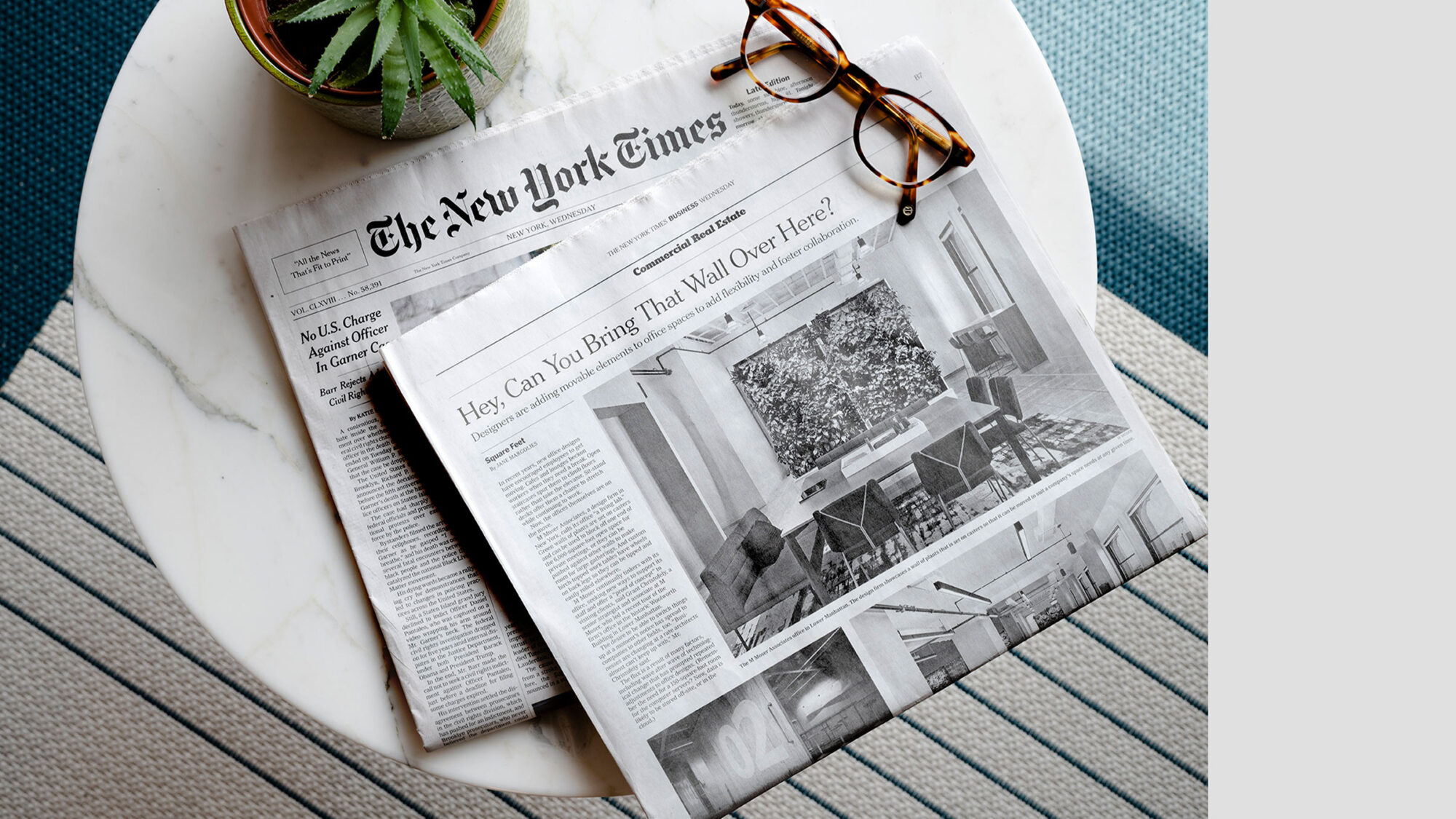
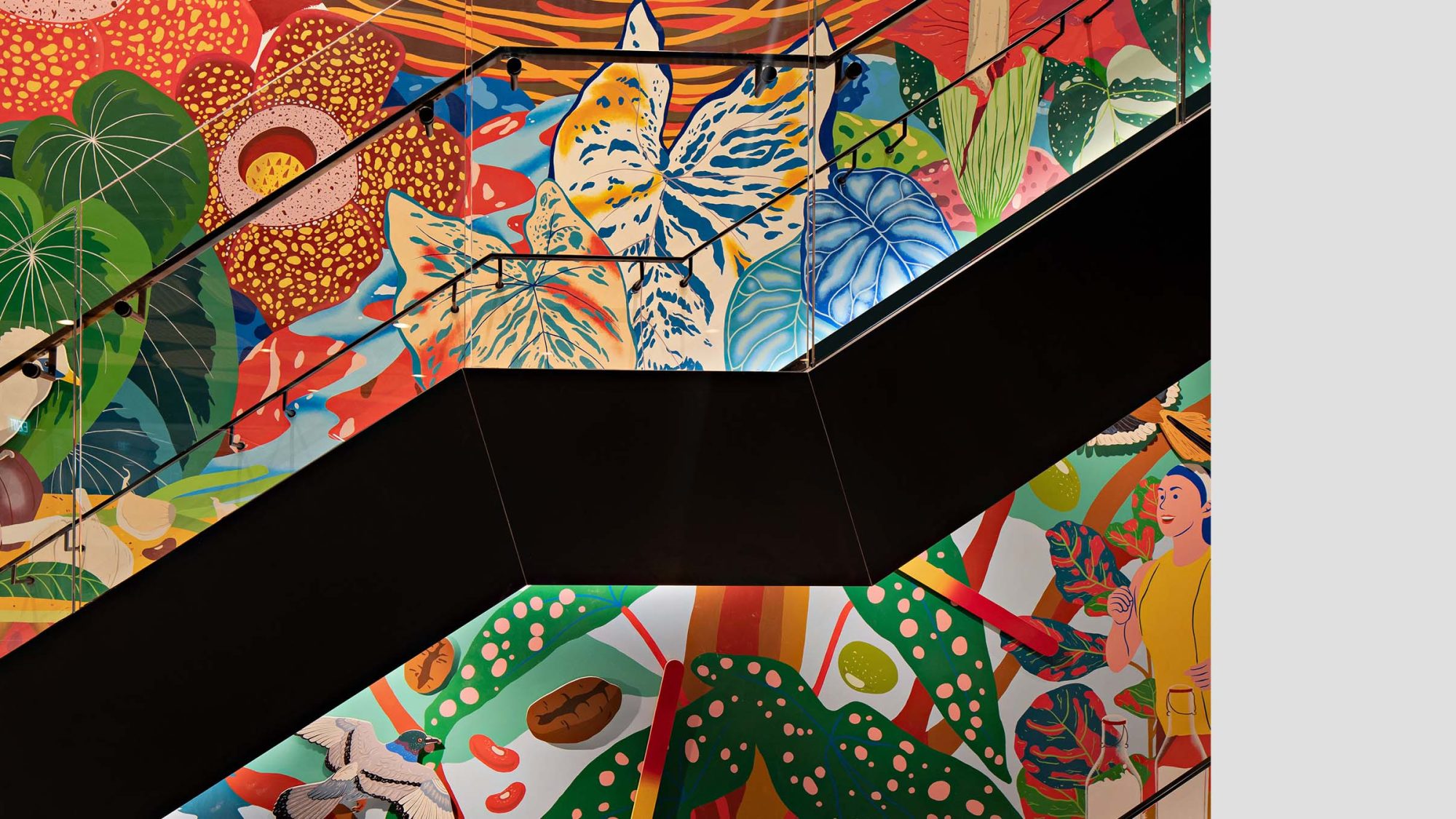
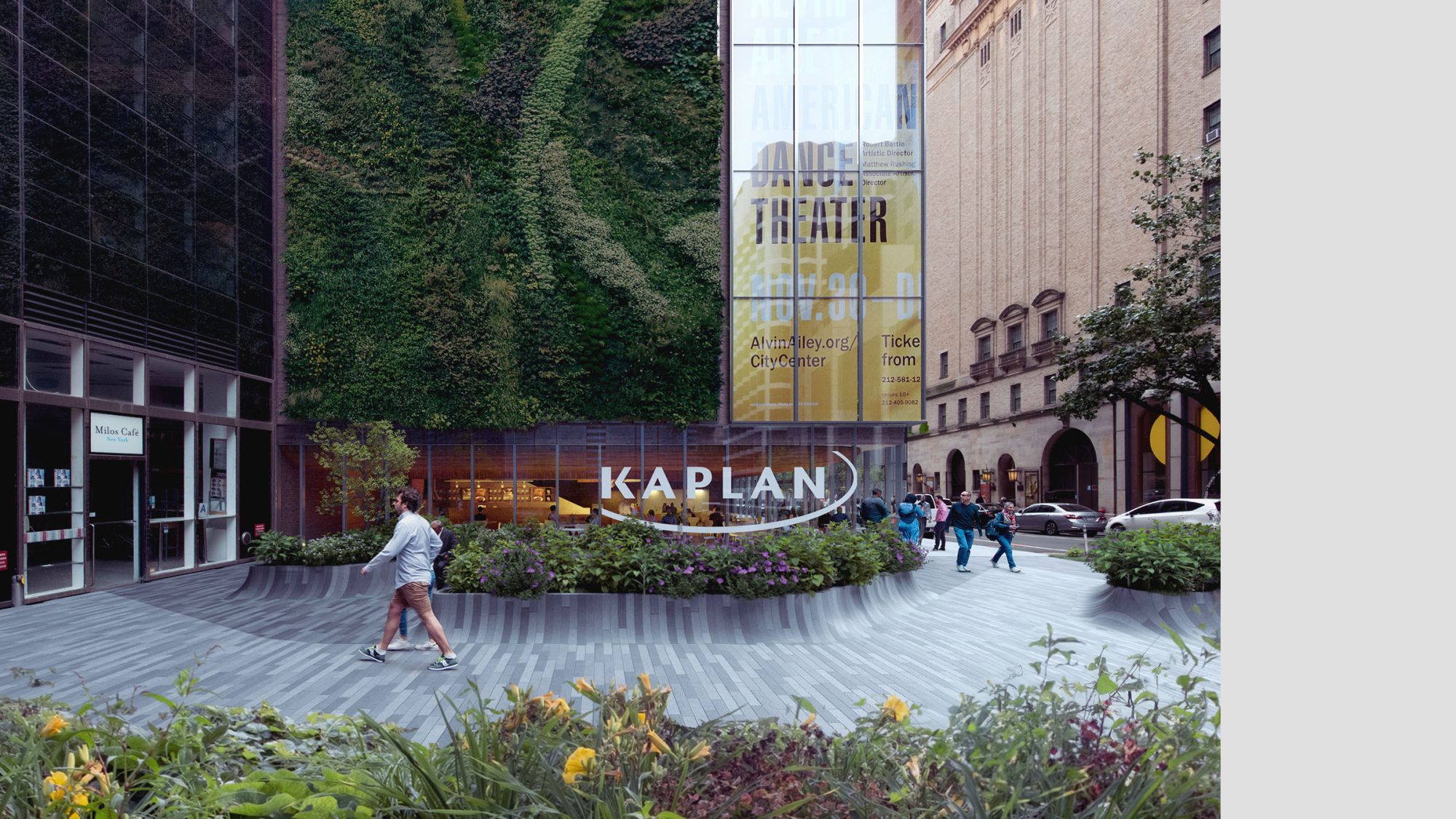
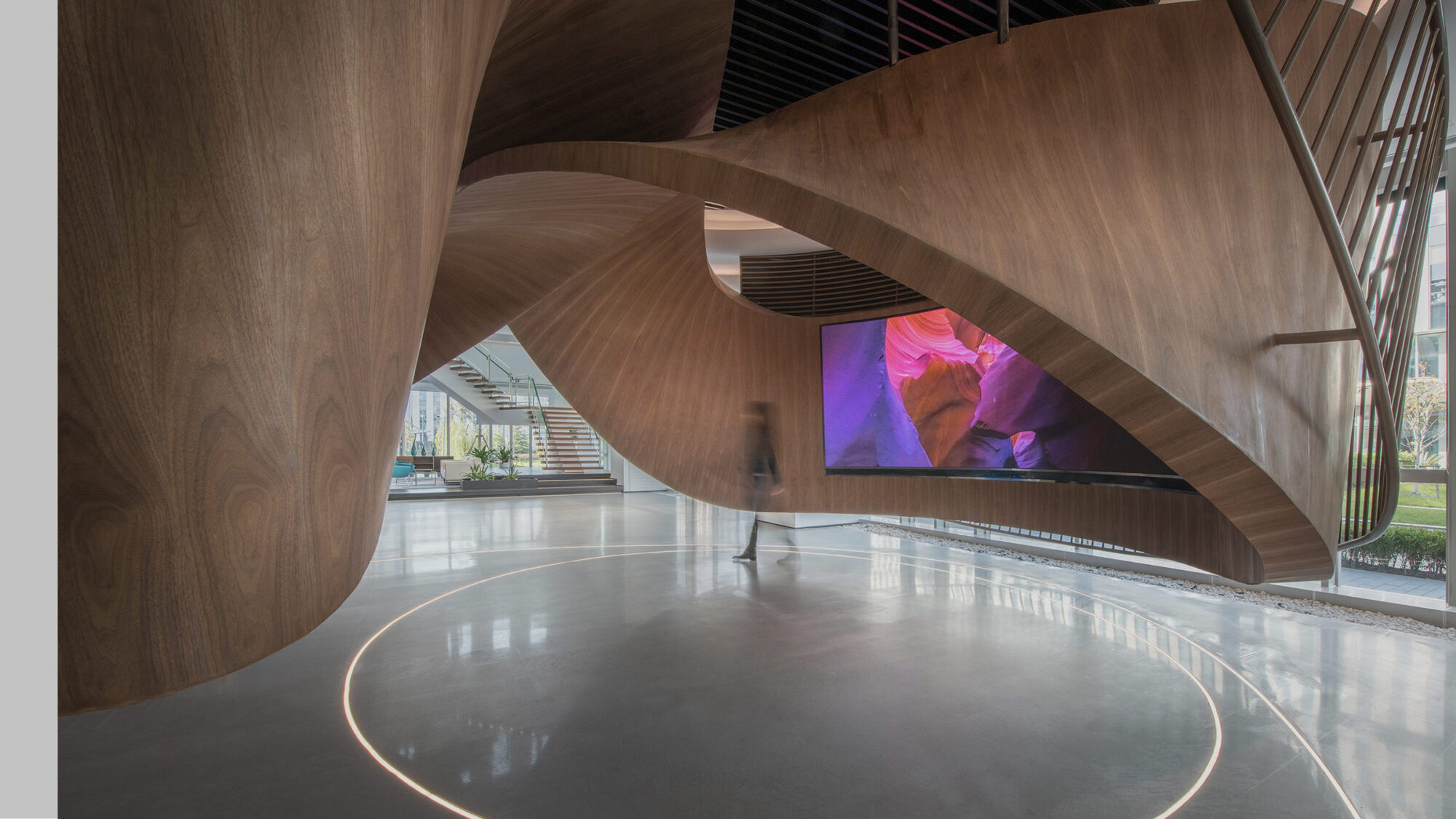
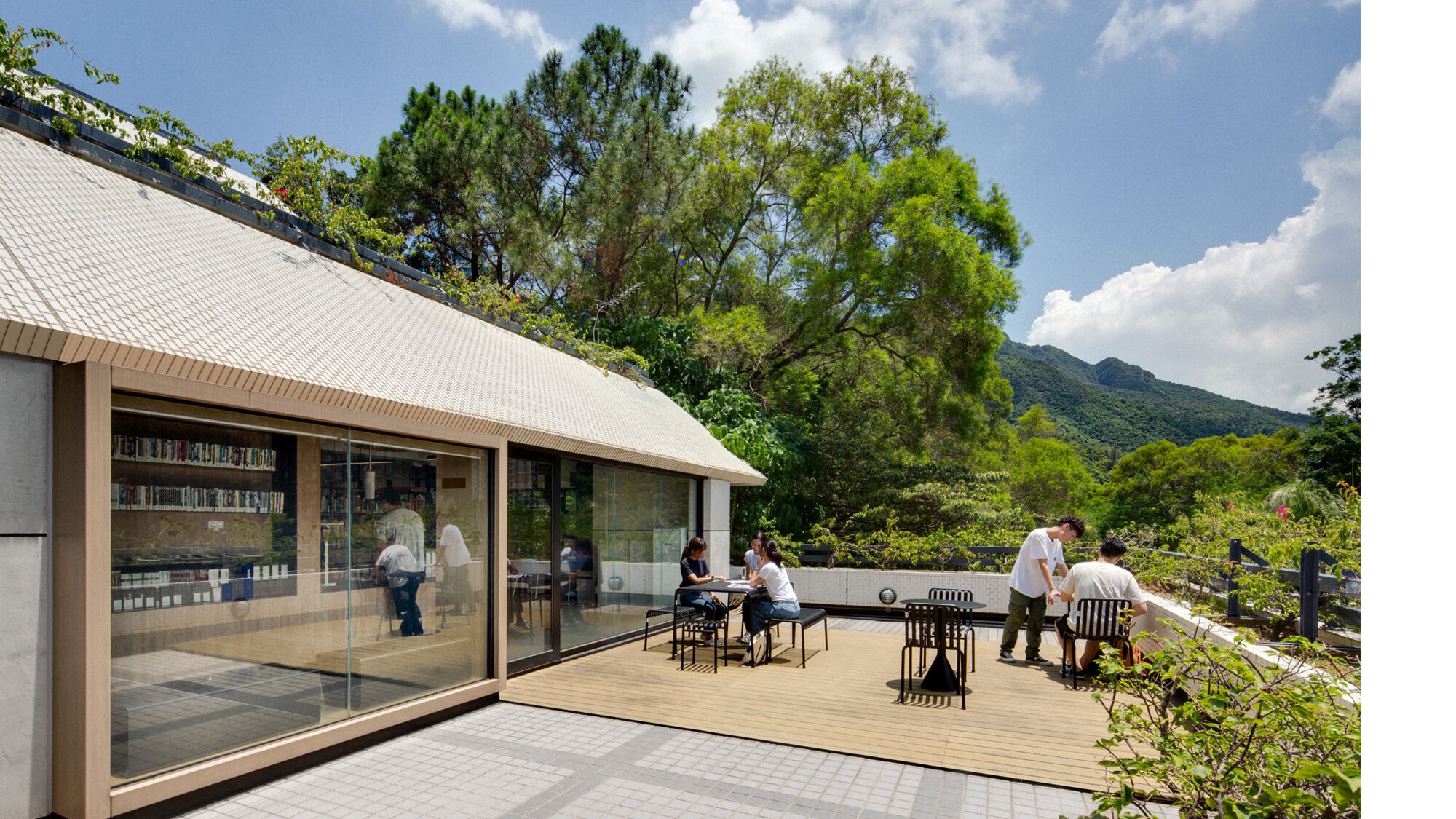
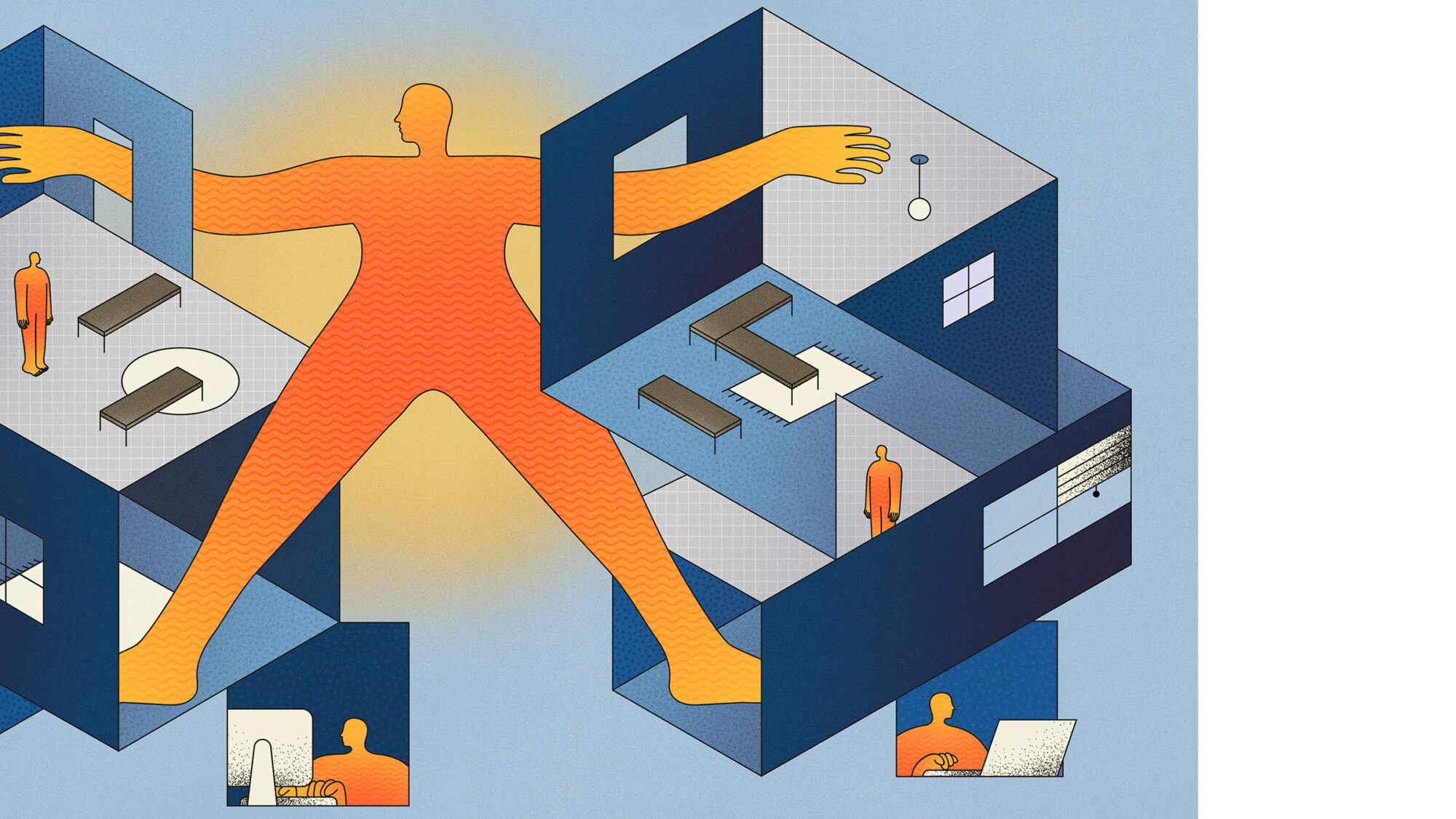
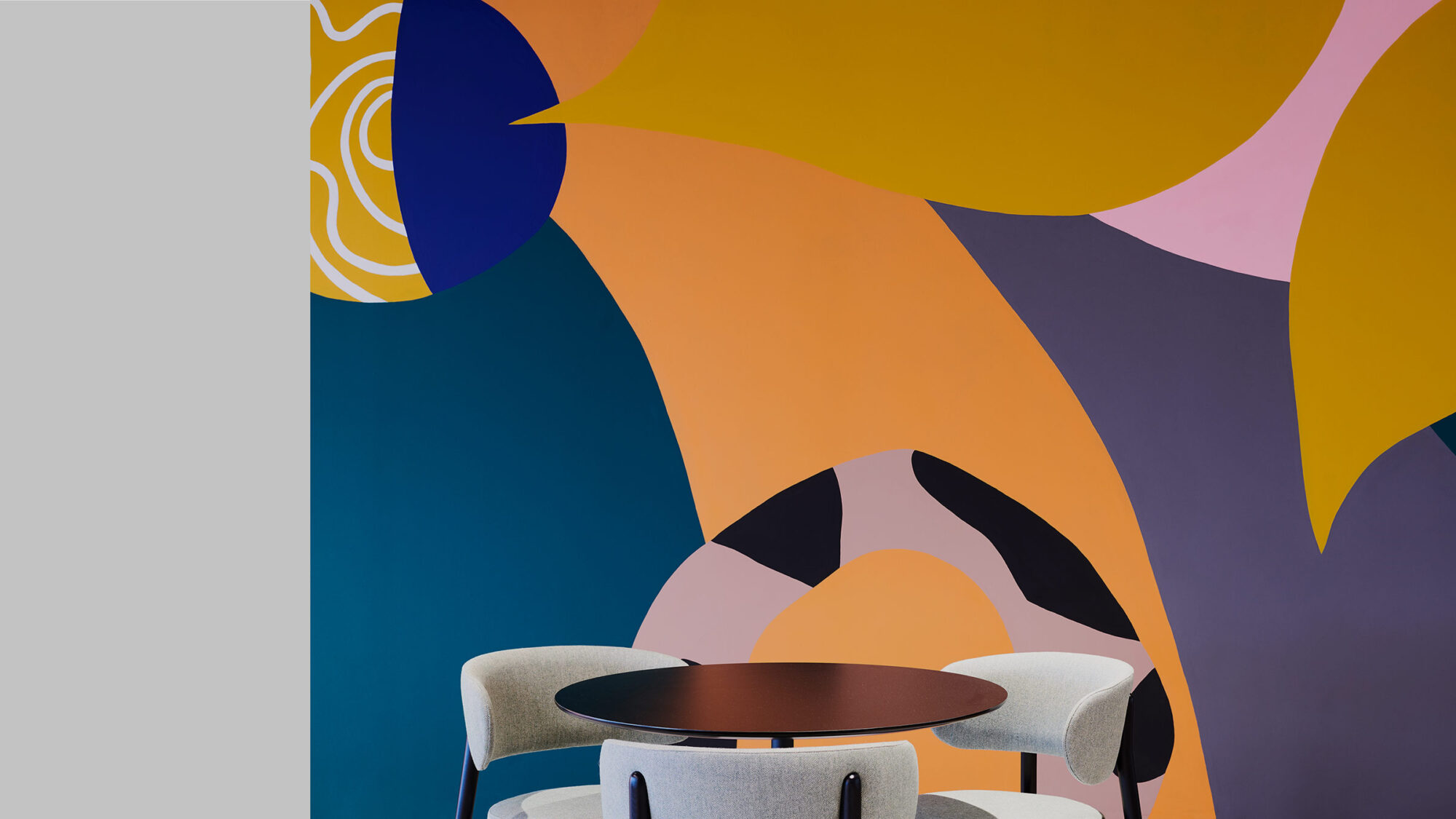
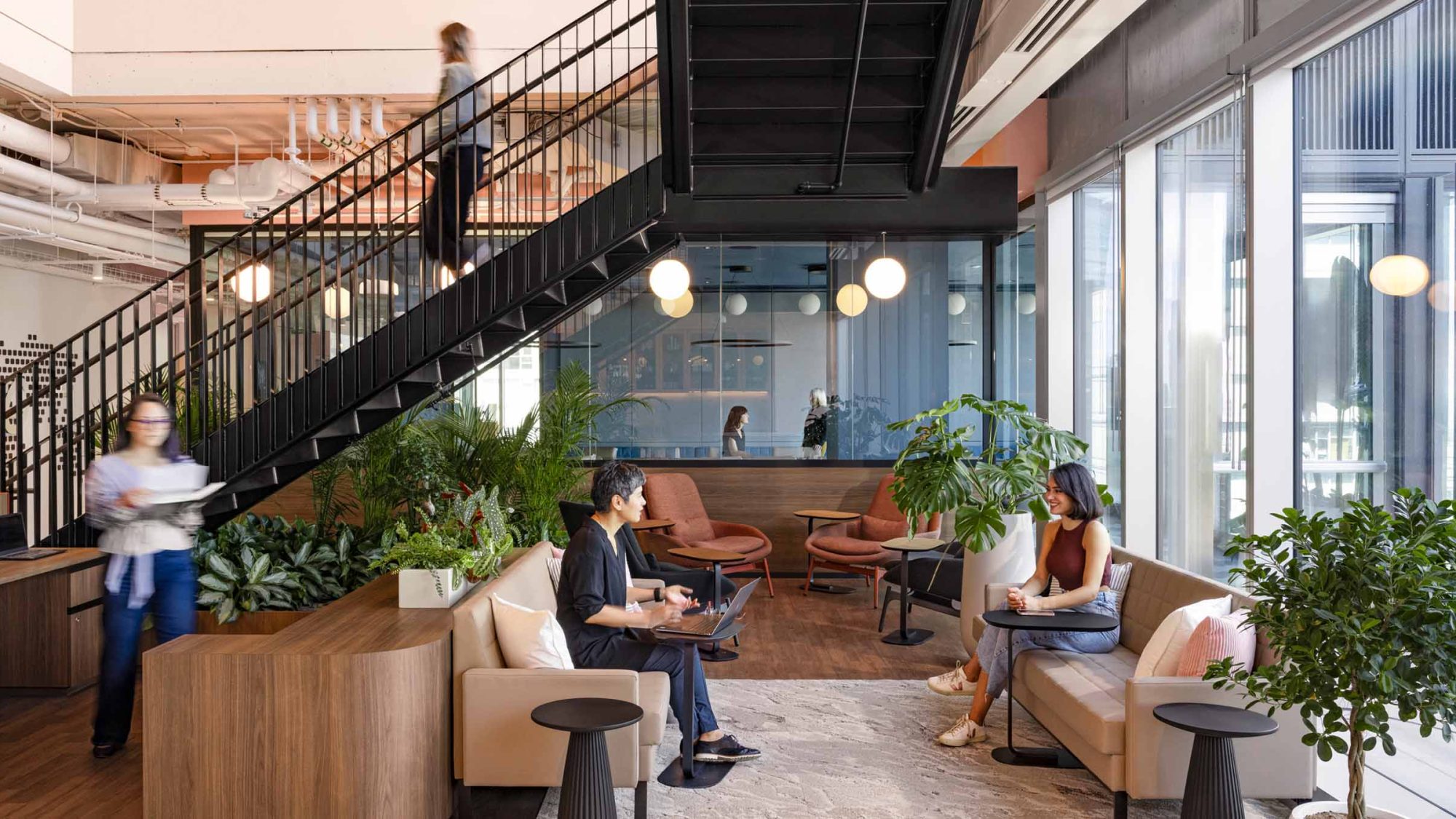
Gone are the days when the corner office symbolised success and a sea of cubicles marked the landscape of the corporate world. The office is transforming significantly from its traditional role into a vibrant hub for community, reflecting a shift in how we perceive and utilise our work environments.
Today, we see the physical workplace serving as a crucial counterpoint to our era of loneliness, offering spaces that support wellbeing, community and authentic connections. It’s a catalyst for company culture, employee satisfaction and social dynamics between teams. This shift isn’t just about aesthetics or open floor plans. It’s deeply rooted in the new functional and social needs of employees and the overarching goals of the organisations they’re a part of.
This article delves into why and how office designs are transitioning from conventional formats to environments that support community and shared purpose. We examine how the office’s role has shifted from a place where people do work to a place where people build social connections to do their best work.
From the rigid, hierarchical setups of the 20th century to today’s dynamic and flexible layouts, office design has undergone significant transformation. This shift reflects broader economic, technological and cultural changes. As businesses navigate through innovations and global connectivity, the physical spaces we work in have adapted to support more collaborative and less formal modes of operation.
The timeline below illustrates how office design has continually adapted to the changing needs of workers and organisations, moving from rigid layouts to today’s flexible and human-centric environments.
This evolution is not simply a response to changing aesthetic preferences. It is a strategic adaptation to the new ways we work, driven by digital advancements and a more interconnected workforce. But, what’s next?
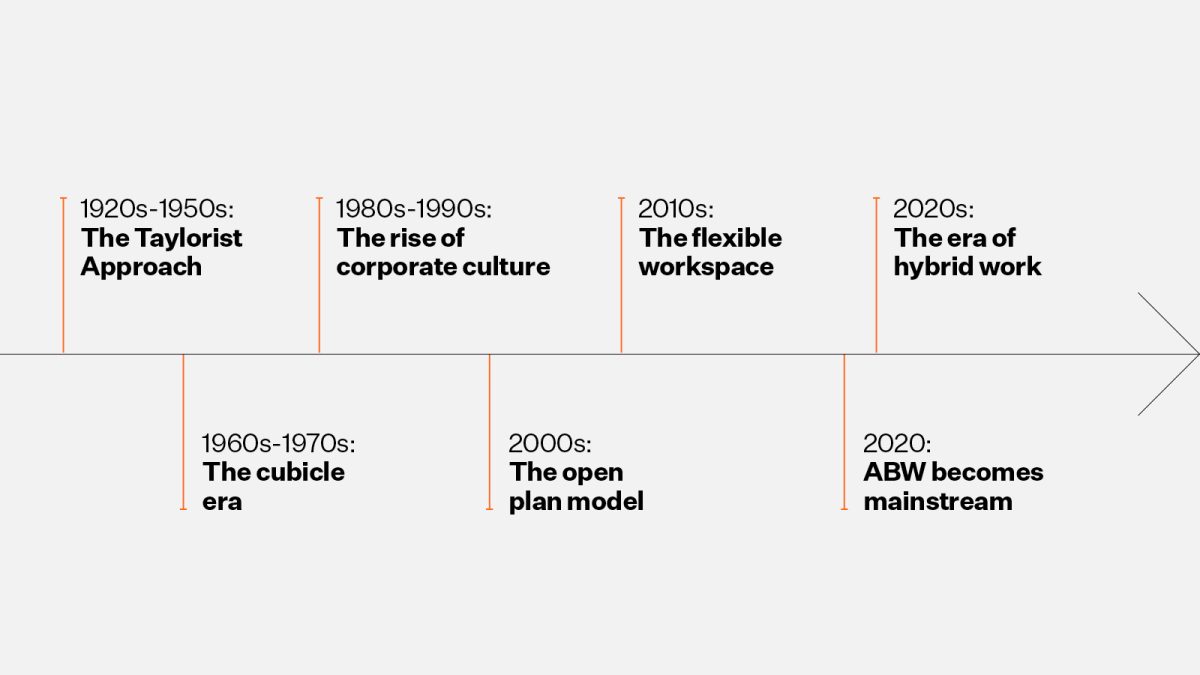
The concept of ‘The Social Office’ emphasises that the office is not just a place for individual work – it is a critical hub for social interaction and community building. With the growing recognition of loneliness and the importance of social connections for improved mental health, offices are now being designed differently. They aim to foster interactions that are not only work-related but also supportive of emotional and social wellbeing.
The Social Office is a dynamic ecosystem where work and social connectivity enhance organisational culture and employee satisfaction. It catalyses social capital by enabling richer, more frequent interactions among colleagues. Furthermore, it strengthens professional networks, builds trust and enhances a sense of belonging among employees. This is vital in a landscape where employee engagement and connection to their company vision is waning.
We need to mentally shift from the office being a vessel to do work to a space that enriches our experience, not only for the company we work for but for the people we work with.
Sam Farhang, Director, M Moser AssociatesToday’s employees expect more from their workplaces. Beyond a paycheck, they seek fulfilment, purpose and opportunities for connection. These expectations have driven a shift towards office designs prioritising wellness, community and adaptability. Workplaces that embody these values not only attract top talent but also enhance employee satisfaction and retention.
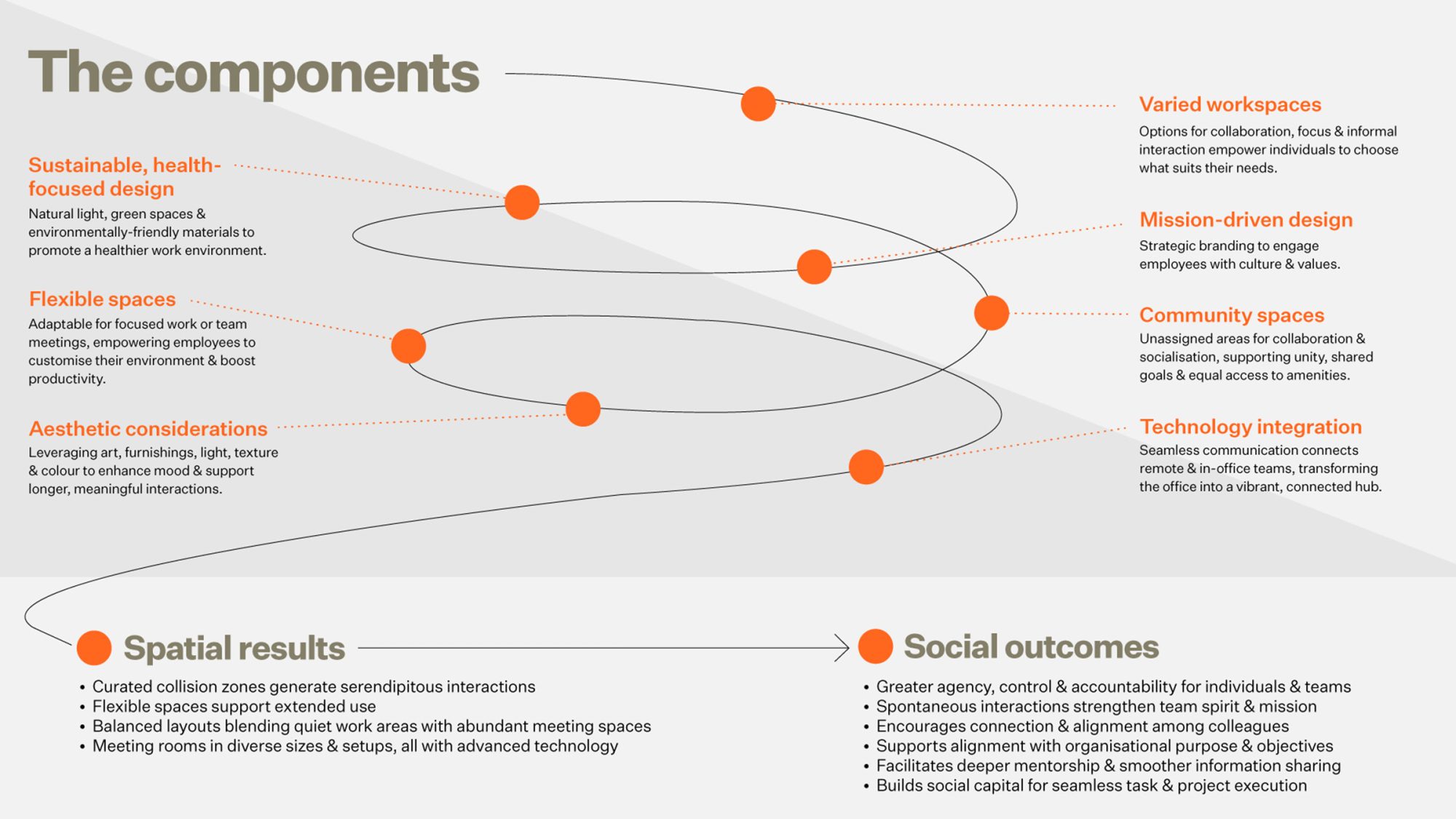 Together, these components create a dynamic and inclusive environment that enhances social bonds and supports a strong, interconnected workplace culture.
Together, these components create a dynamic and inclusive environment that enhances social bonds and supports a strong, interconnected workplace culture. Shifts in office design reflect broader social and cultural trends towards inclusivity and community. As workplaces continue to evolve, it is essential for business leaders and designers to consider how their spaces can support connection and purpose.
To understand how your organisation can create environments that support your employees’ wellbeing and drive success – explore our latest research and insights. Or connect with our team about creating spaces that thrive on community and collaboration.
Group Director
Director